Passerinvest Group as an exemplary positive builder
Passerinvest Group is a Czech investment and construction company founded in 1991 by Radim Passer. The company’s main project is Brumlovka in Prague 4, where they turned an originally unattractive and neglected brownfield into a fully-fledged modern and pleasant part of the city.
 Eduard Forejt, who has been working at Passerinvest Group since 2018 and is the Director of Business Development, spoke with us about the current situation in the real estate market and the company’s plans.
Eduard Forejt, who has been working at Passerinvest Group since 2018 and is the Director of Business Development, spoke with us about the current situation in the real estate market and the company’s plans.
We can start on a more general note – how is Passerinvest Group doing in the market?
It has two dimensions. One is Passerinvest Group (hereinafter Passerivest) the investor and the other Passerinvest the builder. The first covers the buildings we own, manage and develop. Currently, this represents approximately 250 000 sq m of rental premises. In Brumlovka alone, we own 10 out of 12 administrative buildings. We continue to develop Brumlovka, so we are preparing several projects for construction. There we come to the second dimension, which represents Passerinvest as a builder. Unfortunately, the circumstances affecting the economics of projects have changed fundamentally in recent years, especially in the area of financing, which is directly connected to interest rates that are still increasing or have been increasing in the European market. But it is not the only area where the economy of buildings has changed negatively. When simplified, the calculations are affected by four parameters – acquisition value, construction costs, then there are software costs, which also include the financial ones, and the sales value determined by the so-called yield. These parameters determine what potential profit you can take into account. However, since there was an unprecedented deterioration of all parameters, we find ourselves in a situation where it is irresponsible to commence construction of new administrative buildings.
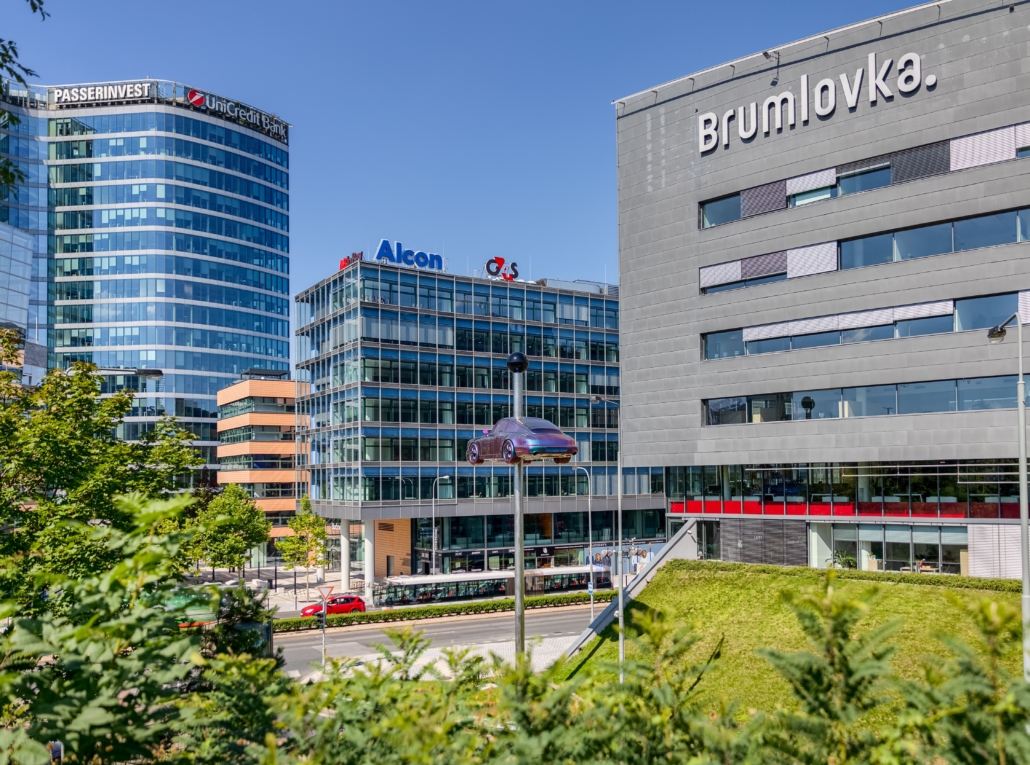 And what is actually new in Passerinvest?
And what is actually new in Passerinvest?
I don’t know if it is completely new, but there are two directions I would like to talk about. The first direction refers to our initiatives through which we try to shed light on socially important topics in a very transparent manner. When you look up the www.republikabohatsi.cz website, the videos and other materials will inform you more about the motorway initiative or the development of buildings for a richer country. For example, the data for the second initiative (development of buildings for a richer country) describe beautifully the fundamental importance of construction for the well-being of all citizens of the Czech Republic. That is also why our main motto states: “When your neighbour builds, you also get rich.” For instance, almost 76% from every invested crown goes, thanks to multiplication, to the state budget, that means that every one thousand-crown note invested in the construction of buildings ‘enriches’ the state by CZK 760 . And these are the funds that the state will use, for instance, for teacher or policemen’s salaries or for anything else that our society needs. Moreover, construction generates new jobs, not only during the construction phase, but also after its completion. That is one part.
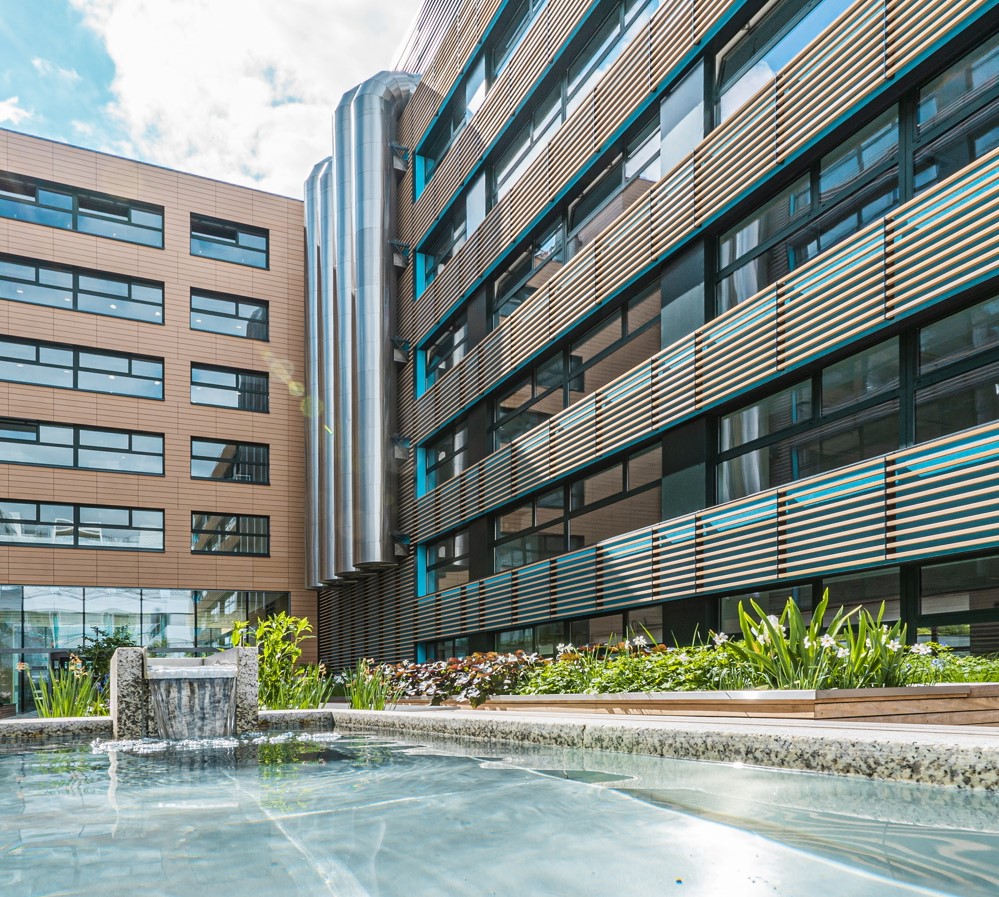 And the other one?
And the other one?
I will give Brumlovka as an example. Passerinvest has been developing it for 25 years. There we show how the city interacts. Brumlovka is distinctly administrative, but it is built in an area whose surroundings actually form the largest residential part of the city. Historically, there was a lot of housing, but little space for work, which forced people to commute far for work. The first facilities built within the brownfield were offices creating much-needed jobs with public areas. The offices were gradually complemented with shops and eventually with a nursery school, a school, etc. The area started to become a fully-fledged area, if not an above-standard part of the city. Urban planning was formerly set by the architect Aulík, and we still stick to his concept. We show that the city has the ability to function in that interaction, that a new sub-centre of the city district can also be created. We have reached the point where we are building more apartments because, according to our calculations, there is a lack of new buildings in the immediate vicinity – especially when it comes to rental apartments. We currently have two new buildings planned in Brumlovka. One has already been issued with a building permit and will include around 66 rental apartments. We are now specifying what such a rental apartment should look like in order to complement the structure of the given location. We are aware that we are part of a larger entirety and create some kind of added value for others. So, with a bit of exaggeration, I say, for instance, that today we have the largest swimming pool in Prague 4, because our water features are used a lot by children during the summer – and not only by them. If you keep a close eye on what is going on around you, you’ll realize that the water features could use deck chairs for people to relax, so we have added them there. It is a kind of unintentional participatory process. But to make it clear, Brumlovka is not there only for people from nearby offices. Those who work there are not there at weekends or in the evenings. Still, Brumlovka is widely used for various accompanying programmes, dance and travel clubs, running with Puma, etc. We simply support all activities that shape the local community and show that if you approach the locality as a whole and with a certain vision, it is possible.
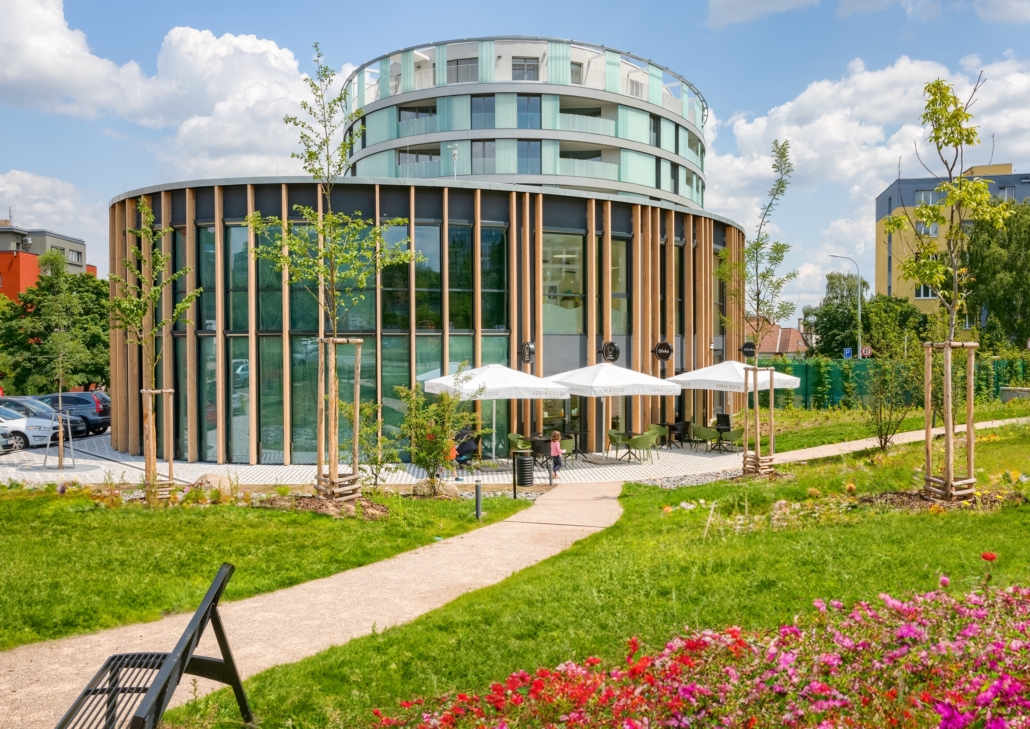 So, Brumlovka can serve as a manual of city-forming elements…
So, Brumlovka can serve as a manual of city-forming elements…
I think it can and on top of that, it was based on a brownfield – originally, there were landfills, broken garages, etc., so the acquisition value started at zero. I believe that it is a nice example of how to execute a fully-fledged revitalization of the city. With such projects, you must not deal only with houses, but with the entire territory, and this has definitely turned out well in Brumlovka, judging by the reactions of foreign visitors who come there to check it out and absorb our approaches to the revitalization of the city. We don’t keep our experience to ourselves. We try to educate others and cooperate a lot with schools, professional public, etc. We don’t stop even when there is an economic struggle today and inflation pushes us to higher price levels. But we don’t want to compromise on the quality of construction, and our example shows that it can be done. The good thing is that we are not alone and we are sincerely pleased that there are more responsible developers in the Prague market thinking about the territory in a long-term perspective. We logically transfer our experience and corporate DNA to other projects. For instance, we are now finishing the Roztyly Plaza project, and people wonder why we build parks first and then build buildings. I say that this is simply a kind of Passerinvest’s fundament to first create a location and not wait for construction. Of course, it is important to say that our financial situation allows us to do this. If this were not the case, we would probably have to do it differently, but our projects definitely work and will work with the connection to their surroundings and the creation of quality public space.
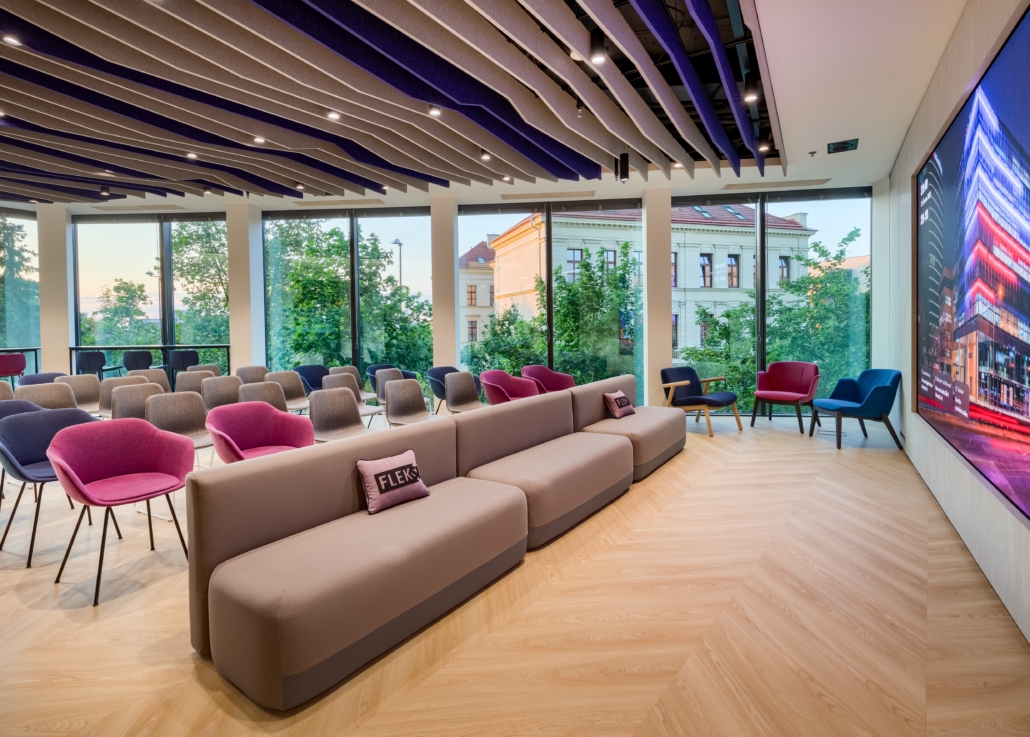 Sorry, you said revitalization, don’t you mean recycling?
Sorry, you said revitalization, don’t you mean recycling?
I don’t like to use the word recycling for Brumlovka as it is a very different discipline. Recycling is a state where one out-of-date function is replaced by a new one with a higher value. At that moment, you may have to buy functional, though aging apartments or some other space that is still usable in order to demolish it and build a new building.
What does the Roztyly Plaza project actually look like?
We are still building it, but it is already beautiful, the whole figure can already be seen, and the facade is gradually being clothed in its final appearance. But that is, of course, a subjective view, even though it is a view of someone who has been dealing with administrative buildings for a long time. However, the project is being created in the neighbourhood of an already existing leisure park with outdoor fitness and workout elements, pump tracks, a children’s playground, etc. The community that is already being formed there is discovering that what we present in the plan will really be built in an appropriate quality. This is also why the visualizations of Roztyly Plaza are a very faithful representation of what is actually being created there. It is a kind of DNA of Passerinvest and Mr. Passer, who pays attention to the quality of user space as well as to the aesthetic level, because both components are simply inextricably linked. The users can perceive it, even if they often can’t define it. It is like when you feel nice in some place and you don’t know exactly why.
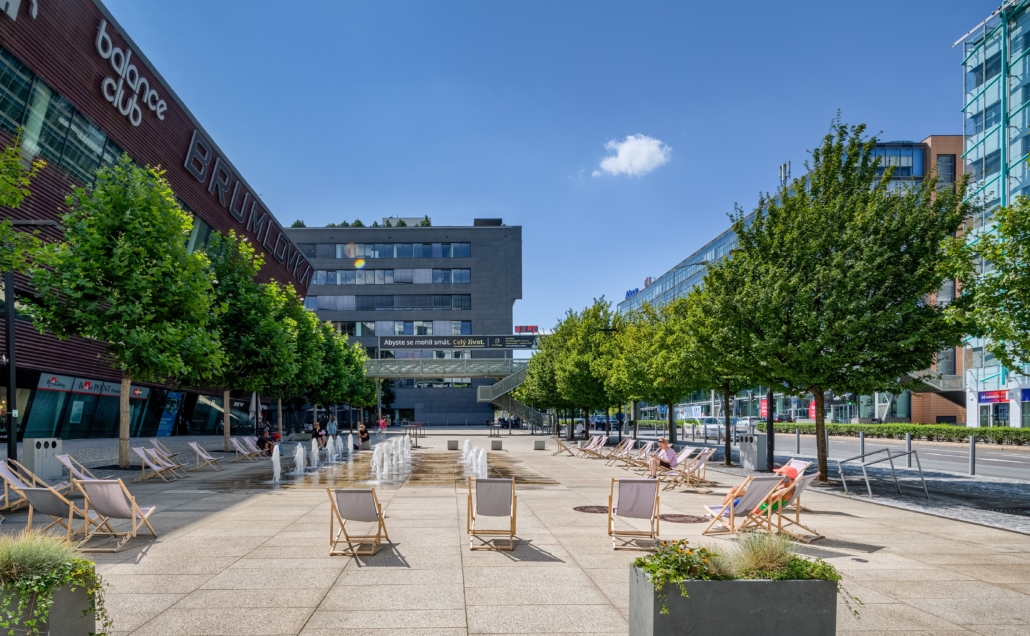 Is there anything that currently surprises you or catches you unawares during construction?
Is there anything that currently surprises you or catches you unawares during construction?
I wouldn’t say that there is anything that would catch me unawares, but our assumptions, which I talked about in the first part of the interview, are being unpleasantly confirmed. The reality is that for the first time, I am encountering a situation when we – like Passerinvest – have a building permit, but we are not starting construction because it would be irresponsible to do so from an economic point of view. The market is not yet ready to accept higher rental prices, just as there has been no correction in the other parameters of the construction economy. Every builder has an inner desire to build, so we do everything we can to resolve the individual aspects of price formation to such an extent that we can build as soon as possible.
Arnošt Wagner
Photo: Passerinvest Group archive

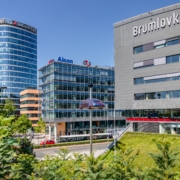
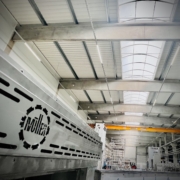
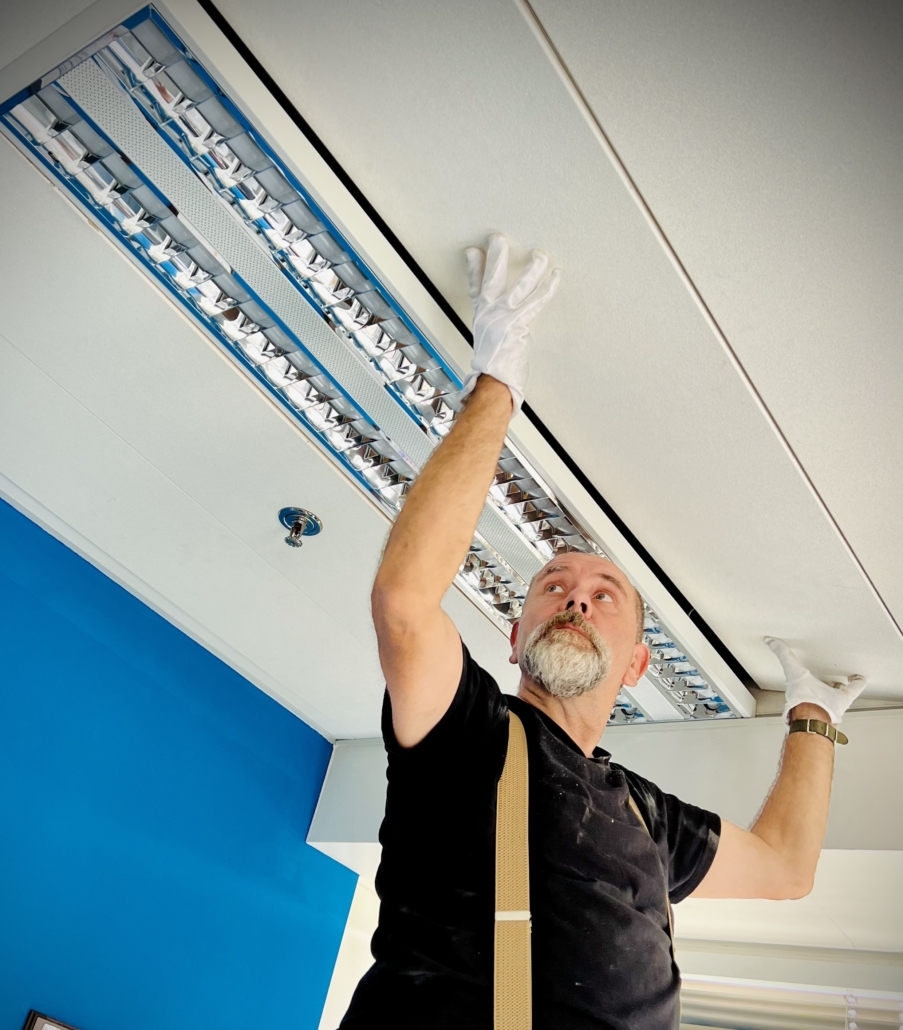 Visual comfort goes hand in hand with ‘non-invasive’ lighting control, without the need for complex reconstructions. It can be achieved by a simple installation of lights with wireless control and utilization of natural sunlight in the building during the day. Commercial buildings are usually more than 50% glazed. Employees don’t need to worry about setting the lighting intensity withing the working area. Everything is done on their behalf by a wireless lighting control system, which is additionally installed without the need for cabling with illuminance sensors and presence monitoring at the workplace.
Visual comfort goes hand in hand with ‘non-invasive’ lighting control, without the need for complex reconstructions. It can be achieved by a simple installation of lights with wireless control and utilization of natural sunlight in the building during the day. Commercial buildings are usually more than 50% glazed. Employees don’t need to worry about setting the lighting intensity withing the working area. Everything is done on their behalf by a wireless lighting control system, which is additionally installed without the need for cabling with illuminance sensors and presence monitoring at the workplace. 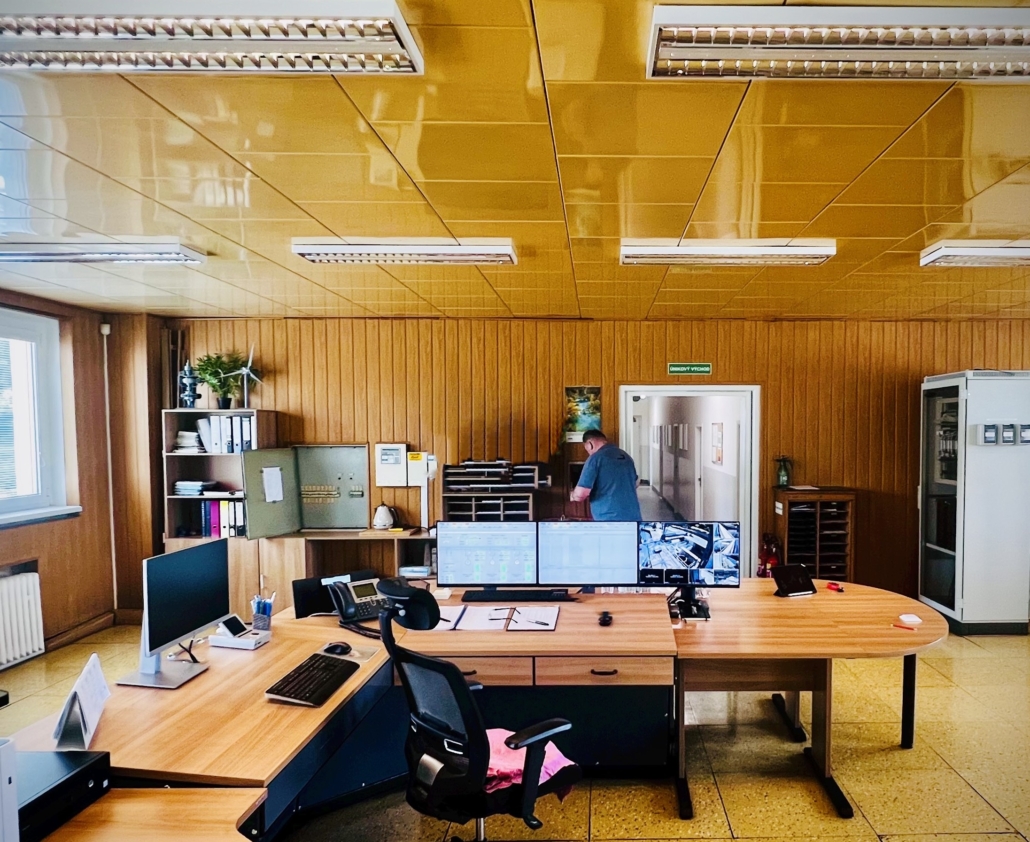 Example No. 1: Donaldson Filtration Solutions offices, Kadaň
Example No. 1: Donaldson Filtration Solutions offices, Kadaň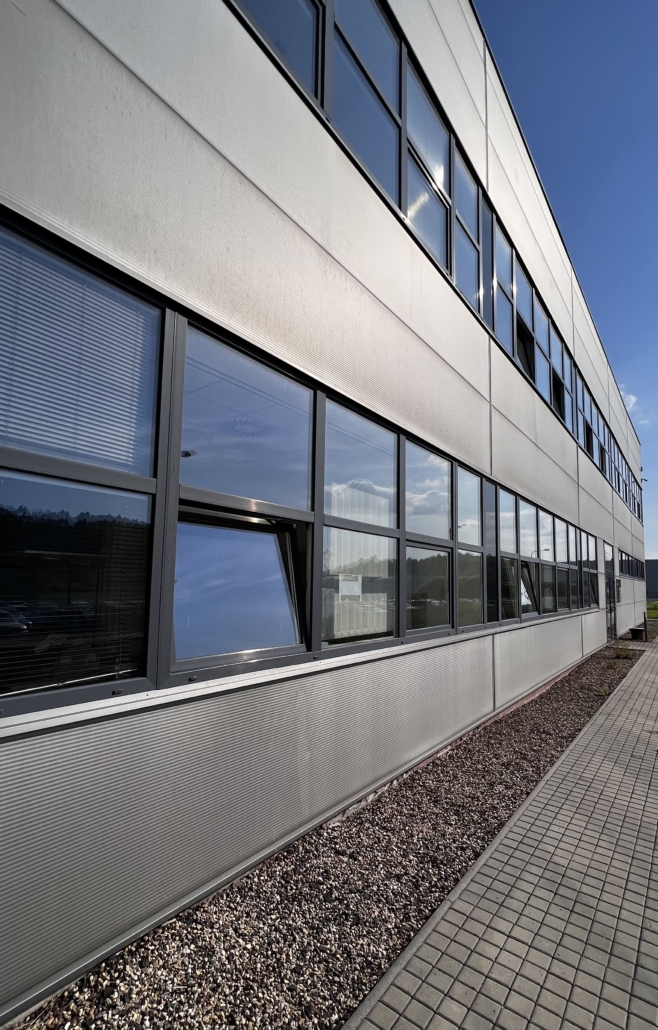 Example No. 2: Control room of the hydroelectrical power station Střekov – ČEZ Renewable resources:
Example No. 2: Control room of the hydroelectrical power station Střekov – ČEZ Renewable resources: 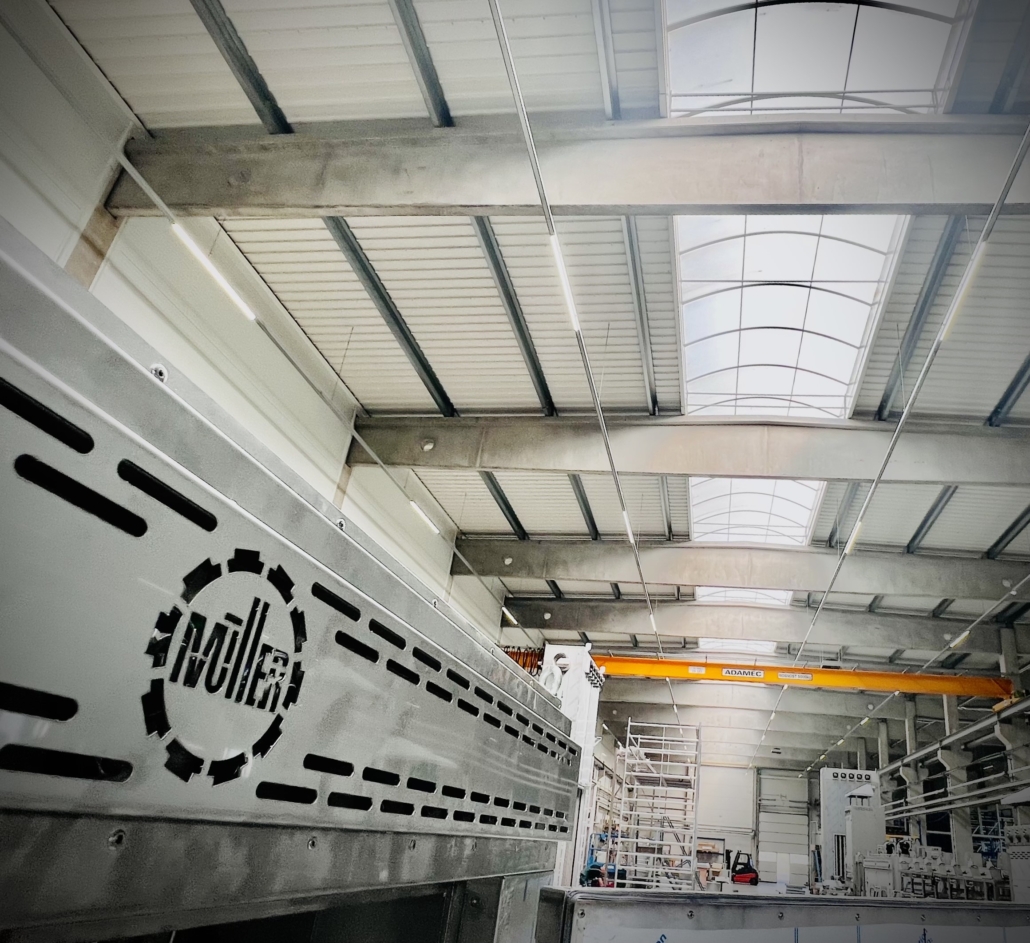 Example No. 3: Production premises of Jakob Müller AG – Czech Republic
Example No. 3: Production premises of Jakob Müller AG – Czech Republic 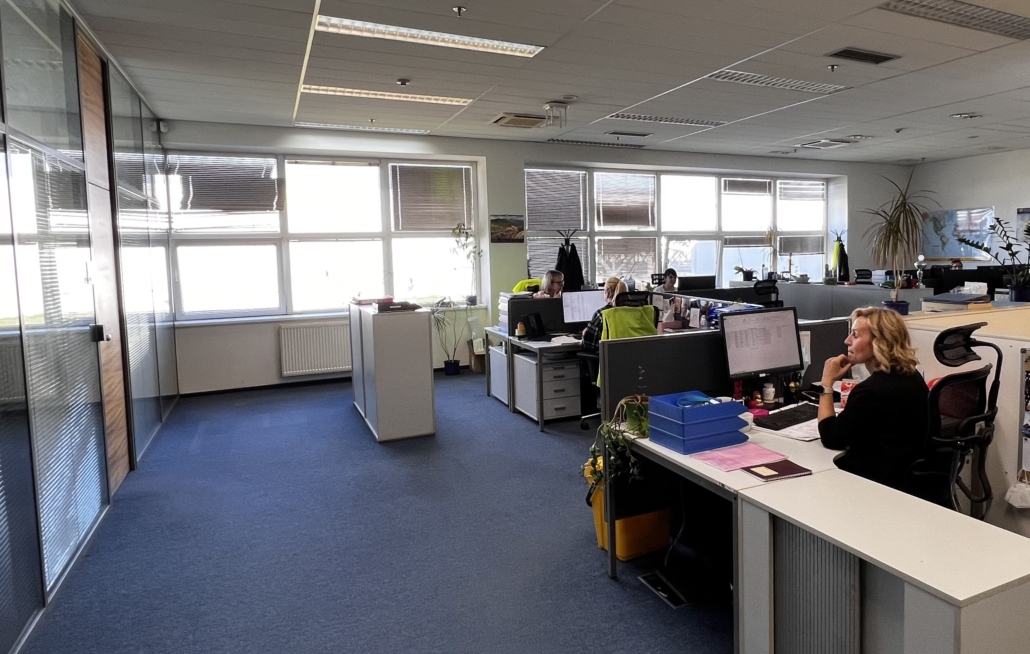
 What is also important is the functionality for the end user; a recent study states that 33% of office workers said that they would like to adjust their ceiling and desk lighting to the level of incoming daylight. Giving workers individual control over lighting, which is also required by green building certification schemes such as LEED and BREEAM, can easily be achieved by installing the wireless Synergis Light_Control in all, even already existing buildings.
What is also important is the functionality for the end user; a recent study states that 33% of office workers said that they would like to adjust their ceiling and desk lighting to the level of incoming daylight. Giving workers individual control over lighting, which is also required by green building certification schemes such as LEED and BREEAM, can easily be achieved by installing the wireless Synergis Light_Control in all, even already existing buildings. 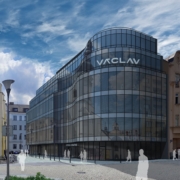
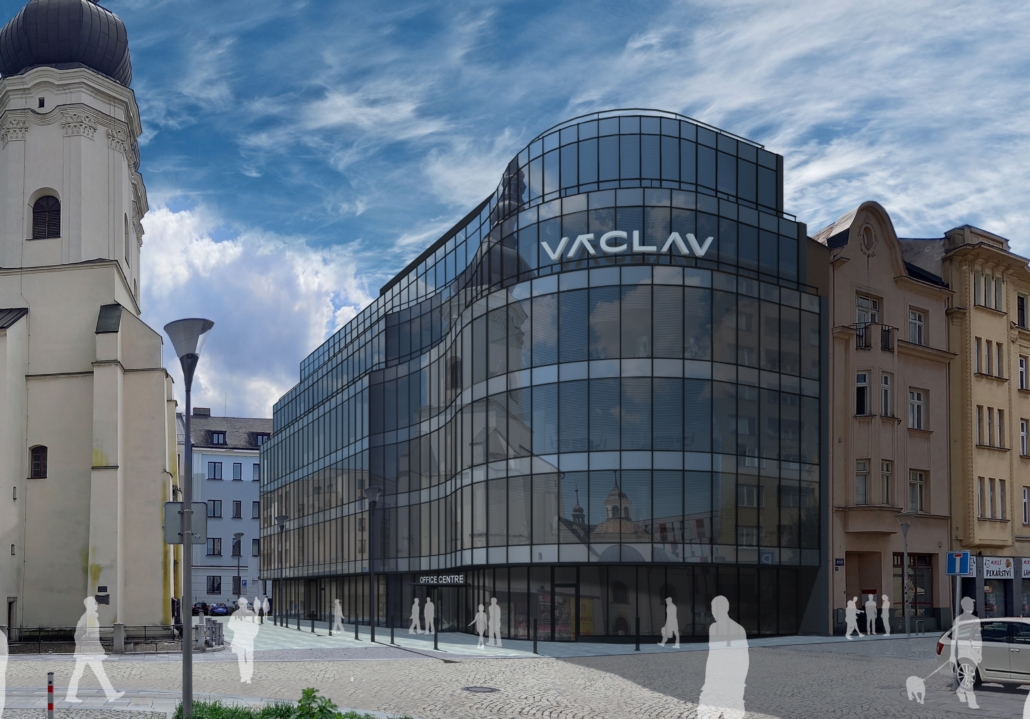 Continued revitalisation of the Ostrava centre
Continued revitalisation of the Ostrava centre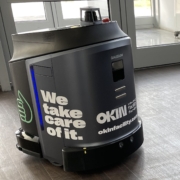
 IoT helps savings and efficiency
IoT helps savings and efficiency  The following business case from a retail area can document the use of IoT in practice. The customer manages an extensive network of branches and was looking for an efficient and comprehensive solution for the supervision and control of their operations. The main challenges were to monitor the quality of goods storage and energy consumption in individual branches, measure the temperature within the area in order to optimize heating (and thus reduce costs), centralize the control of light advertising in order to eliminate unnecessary waste, and at the same time increase user comfort. The aim was to ensure that all branches are managed centrally and in real-time, which would lead to better control over the operations, cost savings and overall efficiency gains.
The following business case from a retail area can document the use of IoT in practice. The customer manages an extensive network of branches and was looking for an efficient and comprehensive solution for the supervision and control of their operations. The main challenges were to monitor the quality of goods storage and energy consumption in individual branches, measure the temperature within the area in order to optimize heating (and thus reduce costs), centralize the control of light advertising in order to eliminate unnecessary waste, and at the same time increase user comfort. The aim was to ensure that all branches are managed centrally and in real-time, which would lead to better control over the operations, cost savings and overall efficiency gains. 
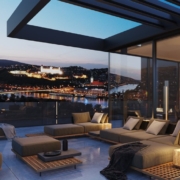
 VSD Development is completing Liget, a high-rise apartment building with an ambitious goal – to take the Slovak housing market to a new level with its architecture, design, location and also comfort, which will be fundamentally supported by smart technologies. Famous Slovak personalities and businessmen are already hanging about the luxury apartments. They probably don’t want to miss the opportunity to be present at a prestigious project that stands out on the map of Slovak development projects.
VSD Development is completing Liget, a high-rise apartment building with an ambitious goal – to take the Slovak housing market to a new level with its architecture, design, location and also comfort, which will be fundamentally supported by smart technologies. Famous Slovak personalities and businessmen are already hanging about the luxury apartments. They probably don’t want to miss the opportunity to be present at a prestigious project that stands out on the map of Slovak development projects.  North American style and a dreamt-of maisonette
North American style and a dreamt-of maisonette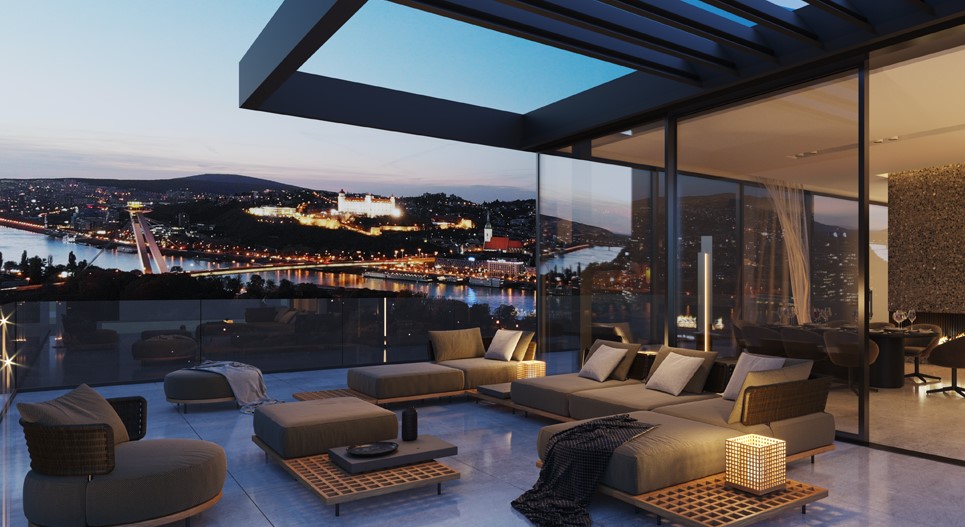 Equipment for maximum comfort
Equipment for maximum comfort 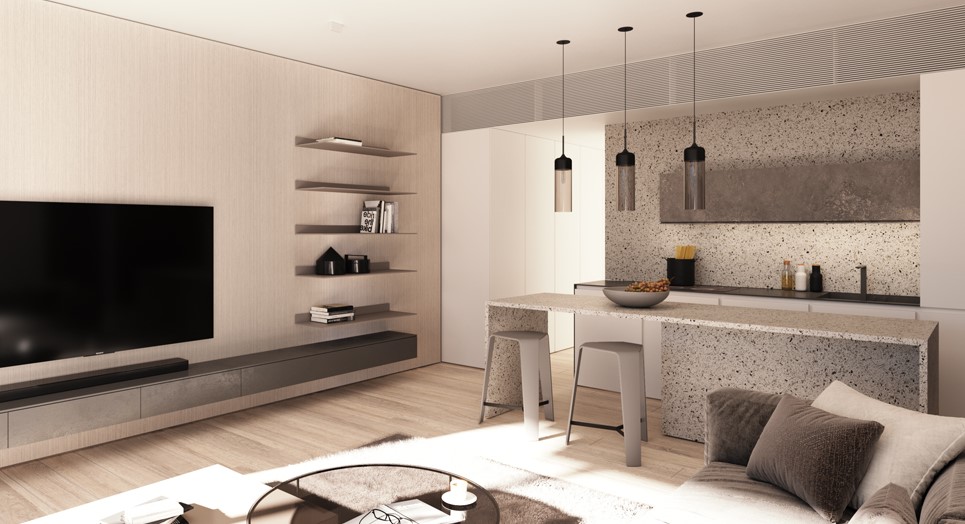 Automatic fixscreens will prevent overheating and secure privacy
Automatic fixscreens will prevent overheating and secure privacy 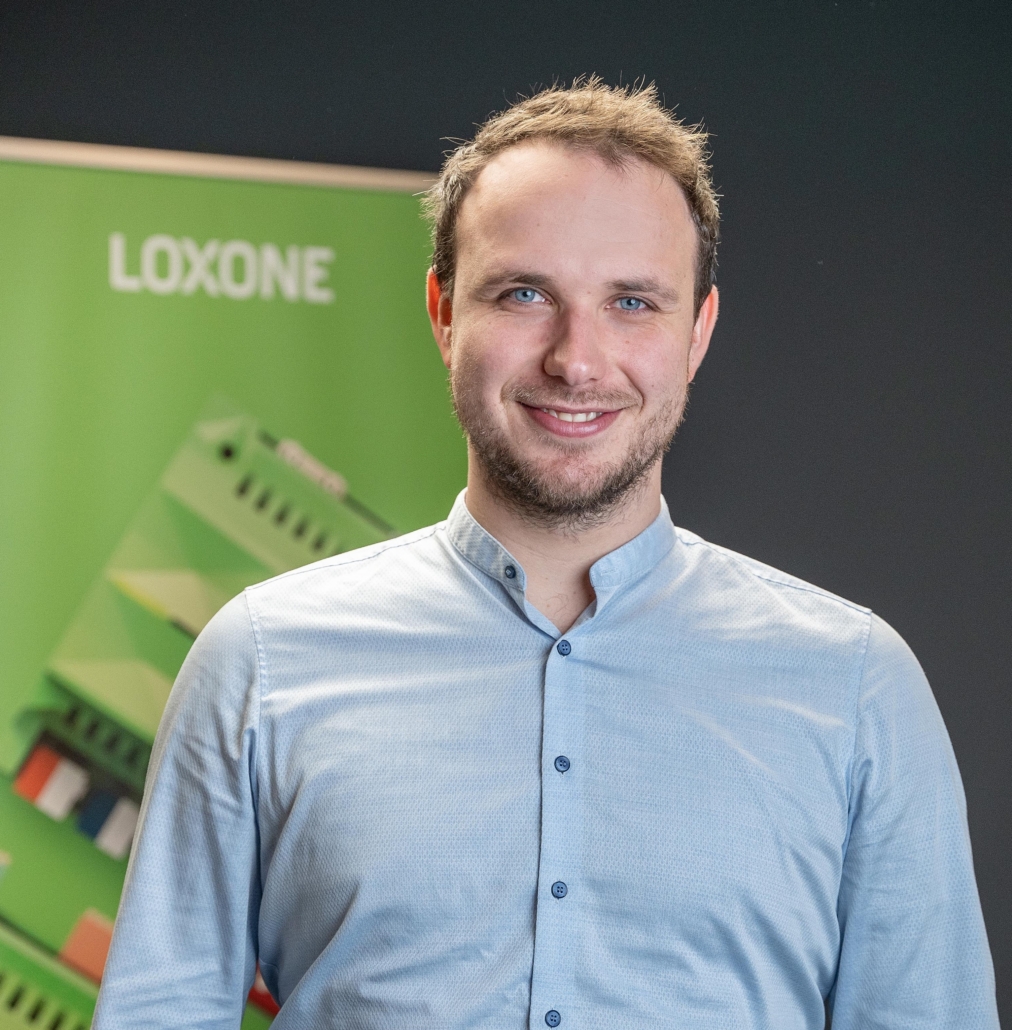 Smart residence with Loxone
Smart residence with Loxone 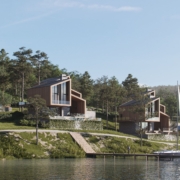
 Together we talked about the investment portfolio focused on premium real estate and the activities and opportunities the group pursues in the market.
Together we talked about the investment portfolio focused on premium real estate and the activities and opportunities the group pursues in the market. Which specific development projects are you currently working on?
Which specific development projects are you currently working on?  Apart from development, you are also engaged in financial services. Who are they aimed at?
Apart from development, you are also engaged in financial services. Who are they aimed at? 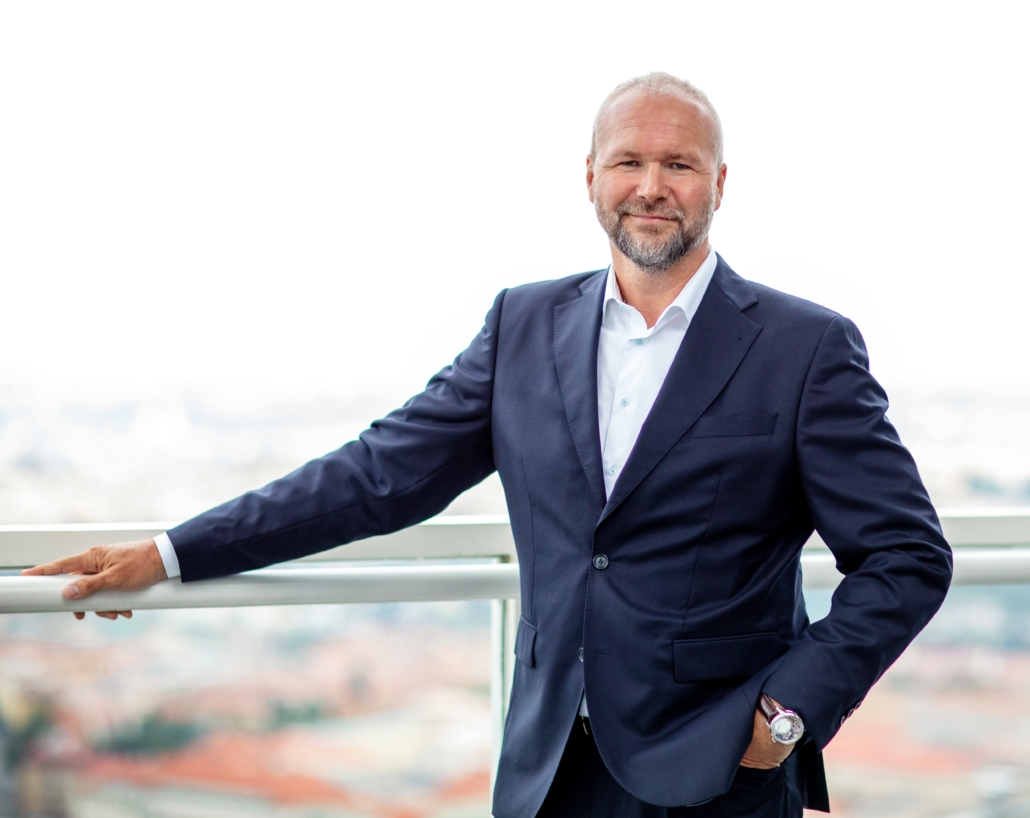 I see your group is doing well despite the recession. What economic results does it achieve?
I see your group is doing well despite the recession. What economic results does it achieve? 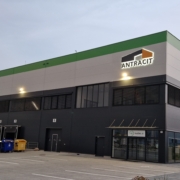
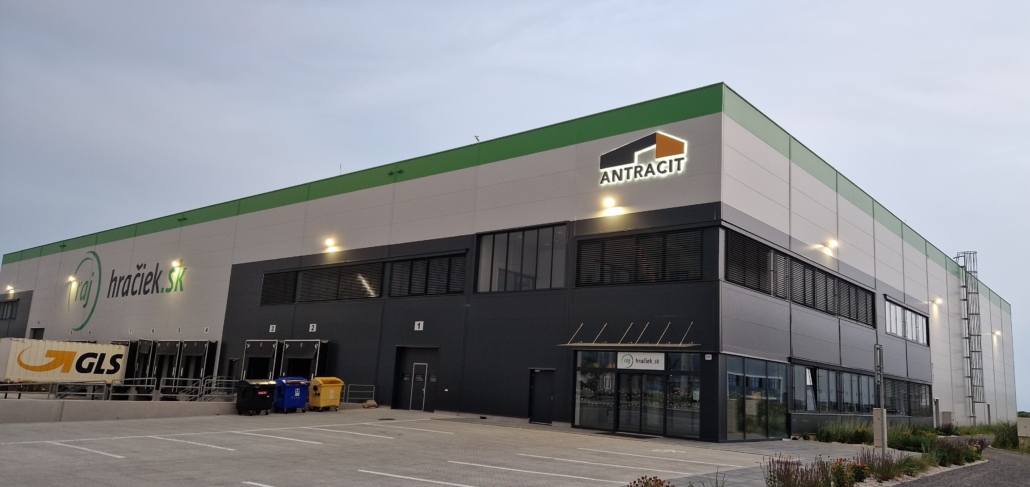 Continued revitalization of the Ostrava centre
Continued revitalization of the Ostrava centre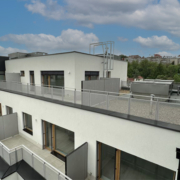
 One of their most recently implemented projects is the residential complex Bohdalec Quartet in U Plynárny Street in Michle, Prague, offering 183 residential units. As is a good practice when it comes to JRD, we can find the latest technologies from the TZB field, guaranteeing healthy and ecological operation of the entire facility, in the Bohdalec Quartet residential complex as well.
One of their most recently implemented projects is the residential complex Bohdalec Quartet in U Plynárny Street in Michle, Prague, offering 183 residential units. As is a good practice when it comes to JRD, we can find the latest technologies from the TZB field, guaranteeing healthy and ecological operation of the entire facility, in the Bohdalec Quartet residential complex as well. 
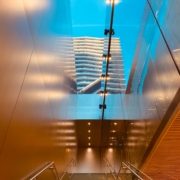

 Do you focus on providing services in individual buildings or in entire portfolios?
Do you focus on providing services in individual buildings or in entire portfolios? 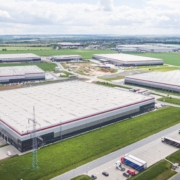
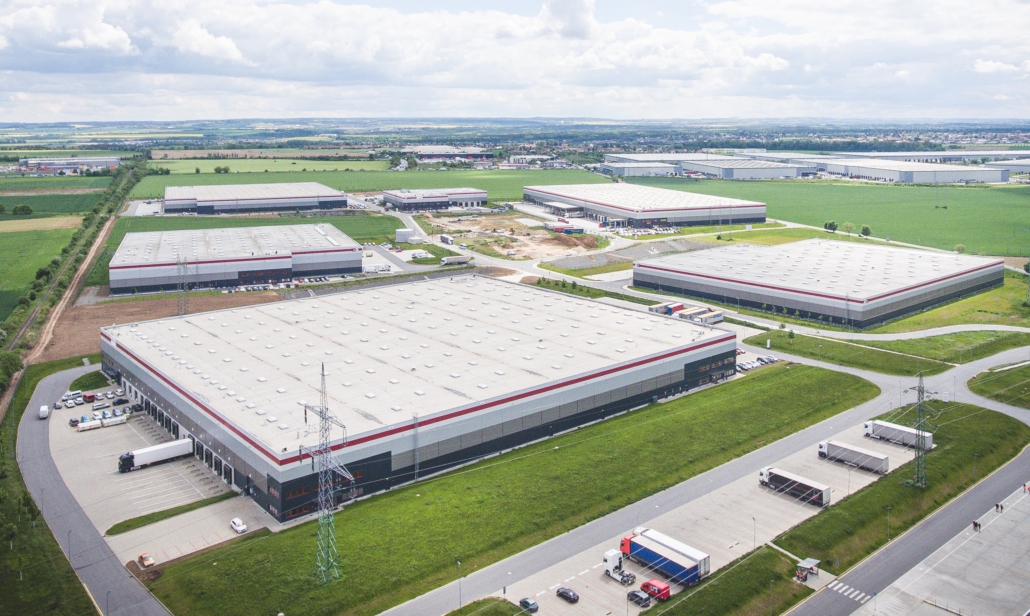 They share the market with only those industrial developers who have secured non-bank financing. This is because players in the market without this strength are discouraged from investing in land by the challenging economic situation.
They share the market with only those industrial developers who have secured non-bank financing. This is because players in the market without this strength are discouraged from investing in land by the challenging economic situation.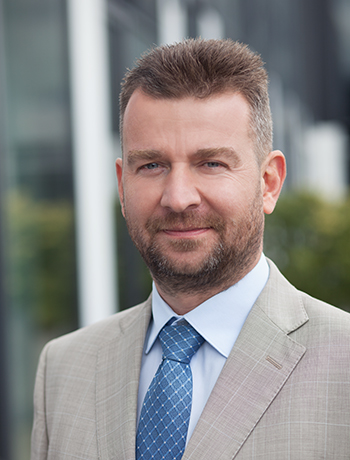 Three questions for the P3
Three questions for the P3